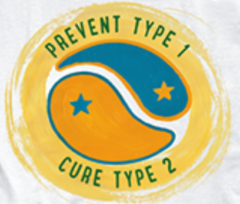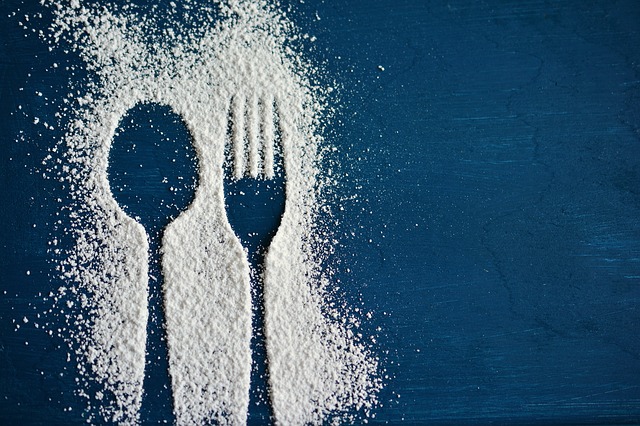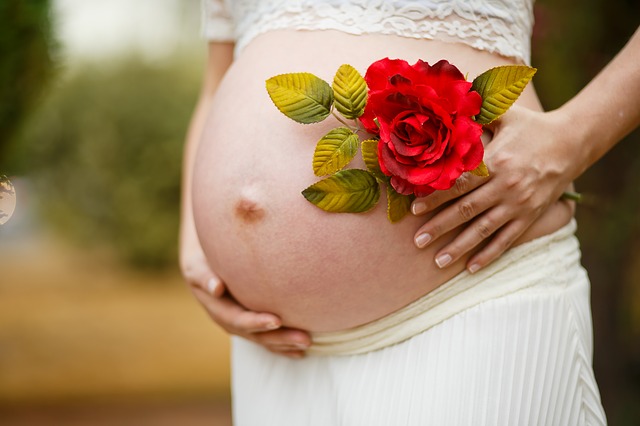Ever since Robert Atkins launched his famous Atkins Diet in 1972, consumers have been encouraged to blame their weight problems on the carbohydrates (sugars and starches) in their food. Dr. Atkins claimed that the best way to lose weight and improve your health is to eat a diet that is extremely low in sugars and starches. However, research does not support Atkins’s ideas. (Atkins himself even continued to have weight problems, as you can see for yourself by looking at photographs of him.) In fact, many of the “experts” who push low-carb diets are overweight.
Month: August 2017
Why a Low-Fat Vegan Diet Prevents Pre-eclampsia
Back in the 1960s, an obstetrician named Tom Brewer realized that preeclampsia, which is a dangerous form of high blood pressure that occurs in pregnant women, is due to a shortage of protein in the blood. For this reason, he urged pregnant women to eat high-protein diets. However, most American women already eat far more protein than they need, and pre-eclampsia still occurs in as many as 10% of pregnancies in the United States. In contrast, there was only one clinical case of pre-eclampsia among 775 pregnancies among vegan women at “the Farm” (a vegan community in Summertown, Tennessee). These mothers were probably protected from pre-eclampsia because they were getting enough calories, mainly from carbohydrates (especially starch), from their low-fat vegan diet. The women were probably being protected by the protein-sparing effects of the carbohydrates they were eating. Because they were eating so much starch, they were burning less of the protein in their blood for fuel. As a result, they had enough protein in their blood to maintain a big enough blood volume.
Pre-eclampsia is a form of high blood pressure that develops in the late stages of pregnancy. It can lead to problems for the mother and the baby. If left untreated, it can lead to seizures, called eclampsia. Eclampsia is often deadly. (The word eclampsia came from the Greek word for lightning.) Tom Brewer realized that pre-eclampsia can occur in women who do not gain enough weight during pregnancy. In the olden days, pre-eclampsia was most common among poor women who were not getting enough to eat. But in the United States today, pre-eclampsia is most common among women who were already overweight when they conceived, and among women who have gained too much weight during pregnancy. It is particularly common among women with diabetes, including the temporary form of diabetes that occurs during pregnancy (gestational diabetes). These women may be eating more protein than they need. However, their body is converting their blood proteins to sugar. As a result, they cannot keep enough fluid inside their blood vessels to maintain normal circulation.
When a woman has pre-eclampsia, the doctor can see her swollen ankles and measure her high blood pressure. However, the underlying problem of low blood volume is much harder to measure. During pregnancy, the woman’s total number of red blood cells is supposed to increase by about 30%, but her volume of blood plasma is supposed to increase by up to 50%. The volume of the blood plasma depends on the amount of protein that is in the blood. Because these protein molecules attract water, they help to hold water inside the blood vessels. However, the body can also use the plasma proteins for fuel. When you are fasting or starving, the liver will convert a lot of the protein from your blood plasma into sugar, which is then burned for energy. For this reason, starving people end up with low levels of protein in the bloodstream. A similar thing happens in cases of poorly controlled diabetes. Much of the excess sugar in the bloodstream of someone with poorly controlled diabetes came from the breakdown of protein from the blood plasma.
The protein in your blood plasma draws water. If you do not have enough protein in your blood plasma, you will not be able to hold enough fluid inside your blood vessels to maintain adequate circulation. You cannot solve this problem by drinking more water and eating more salt. Most of the extra water and salt will just pass out of the body through the kidneys. However, some of the excess water and salt will leak out into the body’s tissues, causing swelling (edema). That is why swelling is one of the signs of starvation.
During late pregnancy, the woman’s blood volume needs to expand. If she cannot keep enough protein in the bloodstream to maintain a large enough volume of blood, her kidneys will react as if she has been bleeding. They will produce an enzyme called renin. Renin activates a chain reaction. One of the results of this chain reaction is constriction of the arteries. To maintain circulation through these tight arteries, the heart must pump harder. As a result, blood pressure goes up. The chain reaction also causes the release of a hormone called aldosterone, which causes the kidney to retain salt and water, to boost blood volume. In pre-eclampsia, the woman’s blood pressure goes up and she retains water and salt. However, the excess water and salt cannot stay inside the blood vessels, where they are needed. Instead, they leak out into the tissue, causing swelling. That’s why women with pre-eclampsia have swelling, particularly in the ankles. Even though the women are retaining water in their tissue, they should avoid taking drugs and herbs that have a diuretic effect, which would cause further loss of blood volume.
If the theory that low blood volume is the underlying problem in pre-eclampsia is correct, then patients with pre-eclampsia would benefit from the administration of hetastarch, which is an intravenous fluid that is designed to stay in the blood vessels. Sure enough, the administration of hetastarch does correct the edema and high blood pressure in pregnant women with pre-eclampsia.
To prevent pre-eclampsia, the woman must get enough of the right kind of food. She must get enough calories so that she does not burn up her blood proteins for energy. Those calories should come mainly in the form of carbohydrate, especially from starchy foods, such as rice and potatoes. If you eat plenty of carbohydrate, especially starch, you will burn less protein for energy. This “protein-sparing effect” of dietary carbohydrate has been understood for more than 100 years.
Scientists have known since the 1920s that high-carbohydrate, low-fat diets make the body more sensitive to insulin. Thus, a low-fat vegan diet reverses type 2 diabetes and gestational diabetes and improves blood sugar control in people with type 1 diabetes. Even during pregnancy, these starchy foods provide more than enough protein, as long as the woman is eating enough food to get enough calories. Thus, the woman will be able to have the normal expansion of blood volume that she needs in late pregnancy. As a result, both she and her baby have a better chance of survival.



